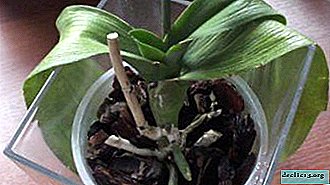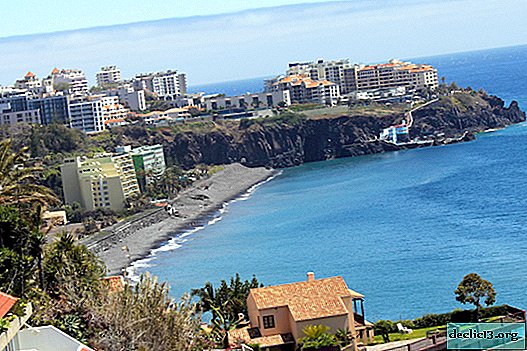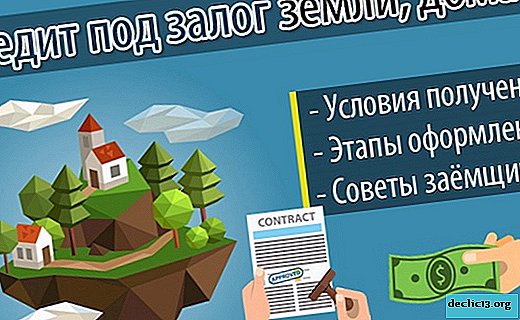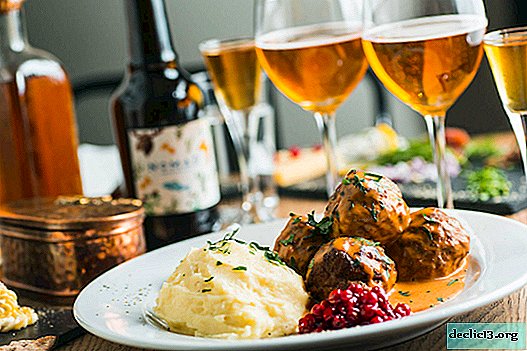What to do if orchid leaves lose turgor and wrinkle? Diagnosis, treatment, prevention

In the life of an orchid, there are times when, due to improper care, the leaves become soft, wrinkled, and sometimes turn yellow. This is scientifically called the loss of turgor. This phenomenon is not so rare.
What is the reason for this appearance and condition of the plant, how to avoid this, and what to do if the leaves have already wrinkled, we will consider in this article. We also recommend watching a useful and interesting video on this topic.
What it is?
Living plant cells have a membrane. Turgor is the stress state of these shells, which develops as a result of internal pressure. The pressure itself occurs when water molecules penetrate through the membrane, while the inner semi-liquid content of the cell (cytoplasm) is pressed against the membrane.
ATTENTION: If we consider this concept more simply, then the plant turgor can be applied to the state of the leaves. If the leaves are elastic, then there is turgor, but if they are sluggish and hanging, then there is no turgor and this indicates that there is not enough fluid in them.Value for the plant
In the life of orchids, turgor plays an important role.. The cells are in a stressed state, tightly pressed against each other, which gives elasticity to the organs of the plant. At the same time, such vital processes of the flower as the movement of substances, evaporation and growth function normally. Thanks to the turbor, plant roots can spread soil particles during the growth period; also the opening of stomata on leaves occurs with the help of it.
Symptoms of Loss
A healthy orchid has dense, smooth, vibrant green leaves. A flower that has lost turgor looks ugly because its leaves wrinkle and turn yellow as a result of moisture loss.
Causes
Orchid loses its turgor due to improper care. Consider the main causes of wilting flowers:
 Root system overheating. Most often, this problem occurs in the heating season due to the proximity to the battery, or in the summer, direct rays of the sun fall on the orchid. This contributes to the rapid evaporation of moisture.
Root system overheating. Most often, this problem occurs in the heating season due to the proximity to the battery, or in the summer, direct rays of the sun fall on the orchid. This contributes to the rapid evaporation of moisture.- The soil is too dense. The roots of the orchid need air access and if the flower is not properly replanted or the soil has caked over time, then the moisture is retained in the substrate, the roots do not have enough air, and they begin to rot. This leads to the fact that they do not fulfill their functions in full, while useful substances and minerals do not enter the leaves and they begin to lose turgor.
- Humidity. If there is not enough moisture, the plant begins to fade, but increased humidity also leads to the loss of turgor.
- Incorrect or excessive feeding. The plant is usually fed during watering, but it is often not necessary to do this because the mineral salts that make up the fertilizer are deposited on the substrate and can injure the roots. It is also necessary to apply only special dressings for orchids.
- Diseases. Sometimes you can see on the leaves, in addition to a decrease in turgor, also bright spots, stripes, plaque and other symptoms, indicating that the plant is sick. It can be a viral, bacterial or fungal disease. You will find more information about the types and characteristics of orchid diseases, their treatment and proper care at home, as well as photos of the affected leaves in a separate article.
Effects
Water is the basis of life, and if a plant fades for some reason, then it loses the necessary fluid and minerals in it. This will affect the health of the orchid and if the plant is not taken in time, the plant may die.
Could it be a natural process?
If one or several lower leaves are lost on a turgor flower, but at the same time all the others look healthy and resilient - this is a natural process in which an orchid sheds old leaves. With the natural process of reducing turgor and dying off old leaves, nothing needs to be done. Just wait until the leaf turns yellow and dries and remove it.
Step-by-step instructions on what to do if foliage has lost elasticity
To save a plant from death, you need to know how to act in order to restore vitality to it and, thereby, restore turgor. The following activities should be done:
 Inspect the plant for disease. If symptoms of any disease are found, then it is necessary to start treating the flower.
Inspect the plant for disease. If symptoms of any disease are found, then it is necessary to start treating the flower.- If the examination showed that the disease is absent, then you need to remember when the last time the plant was watered, sprayed and fed. Perhaps he simply does not have enough moisture or useful trace elements. Or you need to remove the flower from heat sources or from direct sunlight.
- The watering and feeding schedule is correct, but did the plant lose turgor? It is necessary to examine the roots of the orchid, possibly due to the dense substrate or close pot, they rot. If this turned out to be the case, then you need to get the flower out of the pot, cut the decayed areas, treat the sections with activated charcoal and change the substrate.
Prevention
In order for the turgor to be normal, it is necessary to properly care for the plant, namely:
- do not forget to water it;
- do not overfill (how to understand and what to do if an orchid gulf occurred, read here);
- Fertilize and prevent orchid diseases on time.
Care during and after illness
Care for an orchid while it is sick should be based on the reasons for the loss of turgor. If it is dry - water in sufficient quantity with the addition of succinic acid, and also provide the necessary environmental conditions, overdone - then transplant and water in less quantity, if the disease is overcome - cured.
After the disease, care for the flower is necessary according to the rules:
- Find out what kind of watering regimen needs this particular orchid variety.
- Water with soft, preferably melt water.
- Do not overfill in winter and after flowering.
- Fertilize every three weeks with special fertilizing.
- Establish environmental conditions.
Useful video
Watch a video about the causes of loss of turgor in orchid leaves and ways to fix this problem:
Conclusion
In order to prevent the loss of turgor, it is important to properly care for the flower. And if the leaves of your pet still become soft, you must immediately take action, otherwise the orchid may die. To do this, you need to know how to cure the plant, if such a situation has occurred with it.

 Root system overheating. Most often, this problem occurs in the heating season due to the proximity to the battery, or in the summer, direct rays of the sun fall on the orchid. This contributes to the rapid evaporation of moisture.
Root system overheating. Most often, this problem occurs in the heating season due to the proximity to the battery, or in the summer, direct rays of the sun fall on the orchid. This contributes to the rapid evaporation of moisture. Inspect the plant for disease. If symptoms of any disease are found, then it is necessary to start treating the flower.
Inspect the plant for disease. If symptoms of any disease are found, then it is necessary to start treating the flower.















